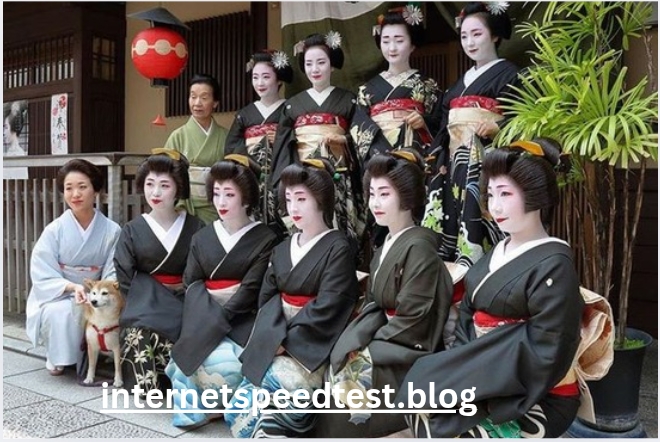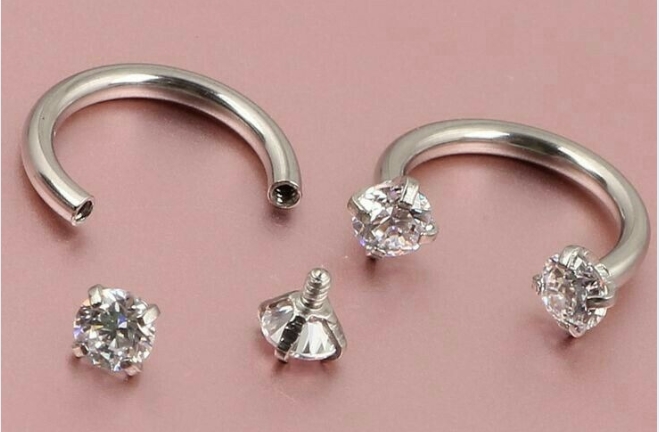Introduction
Ballet is often seen as an elegant, disciplined art form where grace and perfection reign supreme. However, behind the glittering tutus and flawless pirouettes lies a world of intense competition, harsh criticism, and brutal honesty—often referred to as “bunhead snark.”
The term “bunhead” is slang for ballet dancers, derived from their signature tight buns. “Snark” refers to sarcastic, biting commentary. Together, “bunhead snark” captures the unfiltered, often ruthless opinions shared within the ballet community.
In this deep dive, we’ll explore:
- The origins of bunhead snark
- How social media fuels ballet drama
- The psychological impact on dancers
- Famous bunhead snark controversies
- Can ballet culture change?
What Is Bunhead Snark?
Bunhead snark is the sharp, sometimes cruel commentary exchanged among ballet dancers, teachers, and fans. It can range from lighthearted teasing to outright bullying.
Where Does It Come From?
Ballet has always been competitive. Dancers face constant scrutiny over their bodies, technique, and artistry. This pressure creates an environment where snark thrives—whether in studio whispers, online forums, or professional reviews.
Common Targets of Bunhead Snark
- Body Shaming – Comments on weight, proportions, or “ballet body” ideals.
- Technical Flaws – Mocking turned-in knees, shaky balances, or messy footwork.
- Favoritism Drama – Gossip about who gets roles and why.
- Overhyped Dancers – Criticism of dancers deemed “overrated” by peers.
Social Media: The Fuel for Bunhead Snark
Before the internet, bunhead snark stayed within studios. Now, platforms like Instagram, TikTok, and ballet forums amplify the drama.
Notorious Platforms for Ballet Snark
- Ballet Alert! (balletcoforum.com) – A forum where dancers and fans dissect performances with brutal honesty.
- Instagram Comments – Anonymous accounts like @balletmemes roast dancers under posts.
- YouTube Critics – Channels analyzing (and nitpicking) famous performances.
Viral Bunhead Snark Moments
- Misty Copeland’s Promotion – Some claimed she was promoted too quickly due to her race rather than skill.
- Sergei Polunin’s Tattoos – Traditionalists mocked his ink, saying it ruined the “ballet aesthetic.”
- “Nepo Baby” Dancers – Accusations that some stars only succeed due to family connections.
The Psychological Toll on Dancers
Constant criticism—whether professional or from peers—can be devastating.
Eating Disorders & Body Image Issues
Ballet’s obsession with thinness leads to eating disorders like anorexia and bulimia. Snark about weight worsens this.
Anxiety & Depression
Many dancers report:
- Crippling self-doubt before performances
- Fear of being mocked online
- Quitting ballet due to relentless scrutiny
Can Dancers Ignore the Hate?
Some, like Tiler Peck, say they avoid social media. Others, like Kathryn Morgan, openly discuss the toll of online bullying.
Famous Bunhead Snark Controversies
1. The “Swan Lake” Fall Heard Around the World
In 2017, a principal dancer at the Bolshoi slipped mid-performance. Instead of sympathy, forums exploded with memes and jokes.
2. NYCB’s “Nepotism” Drama
New York City Ballet has faced accusations of favoring dancers with connections. Critics call it the “NYCB Royal Family.”
3. The “Too Muscular” Debate
Dancers like Skylar Brandt have been told they look “too athletic” for classical ballet.
Can Ballet Culture Change?
Some argue snark is part of ballet’s tough-love culture. Others demand reform.
Steps Toward a Kinder Ballet World
✅ Body Positivity Movements – Dancers like Mikaela Kelly promote diverse body types.
✅ Stricter Anti-Bullying Policies – Companies are enforcing rules against harassment.
✅ Mental Health Support – More schools offer counseling for dancers.
Will Snark Ever Disappear?
Probably not—but awareness is growing. The next generation of dancers may redefine ballet’s culture.
Conclusion: The Double-Edged Sword of Bunhead Snark
Bunhead snark is a toxic yet ingrained part of ballet. While it can push dancers to improve, it also destroys self-esteem and mental health.
The ballet world must decide: Is brutal honesty worth the damage?
What do you think? Should bunhead snark be called out—or is it just part of the art?




